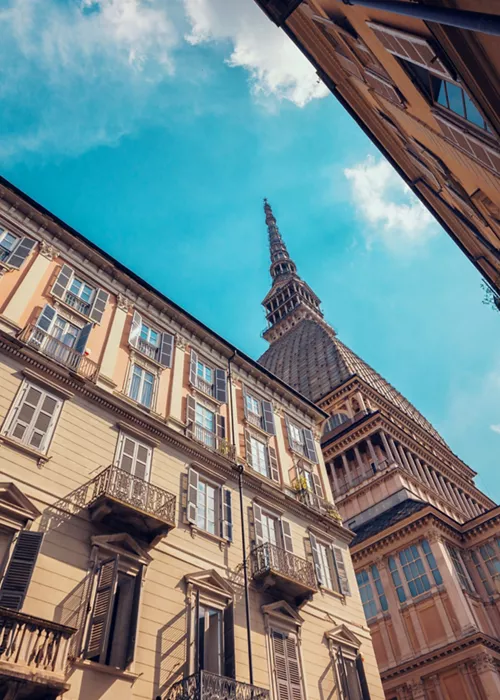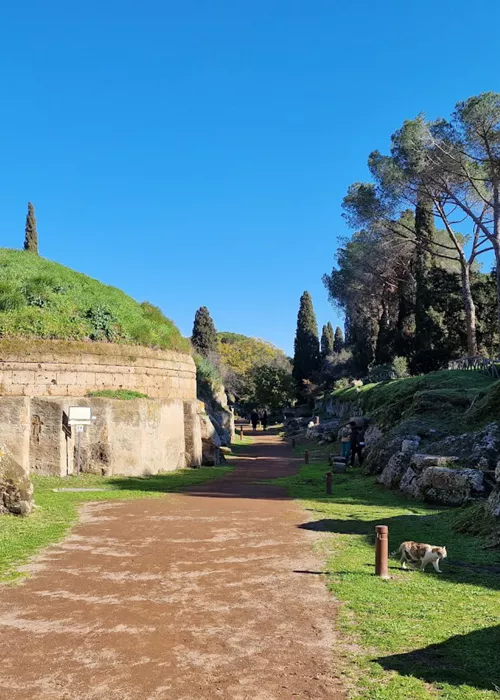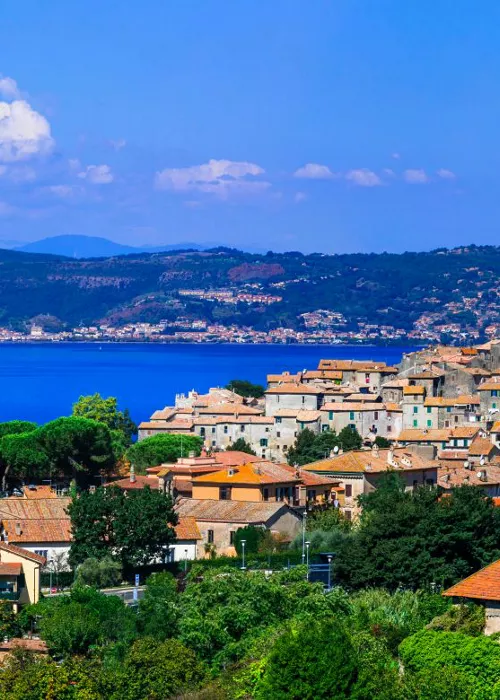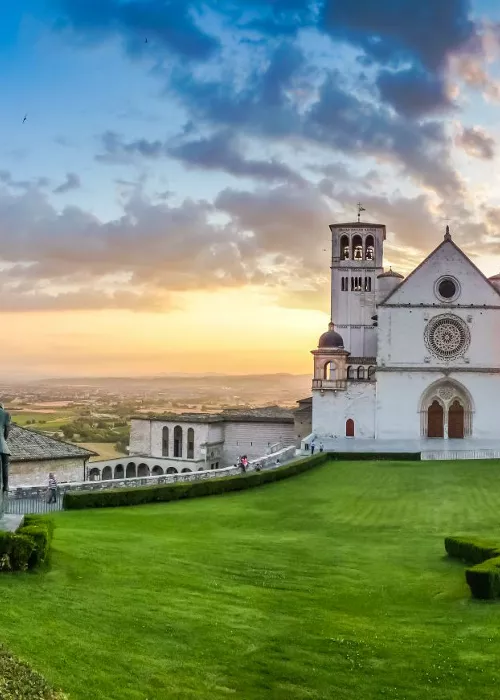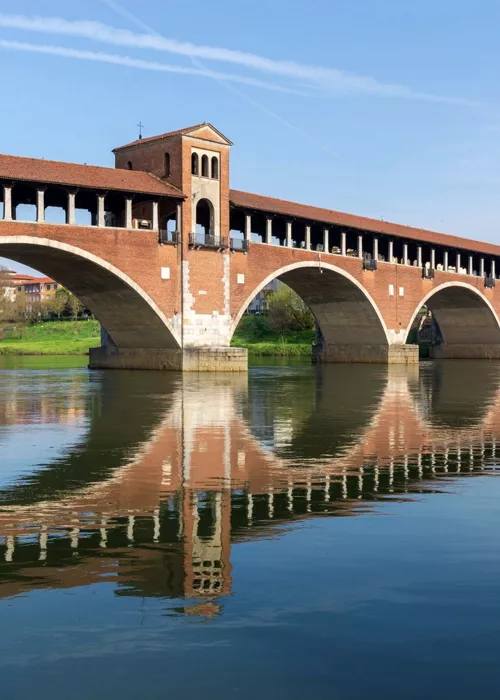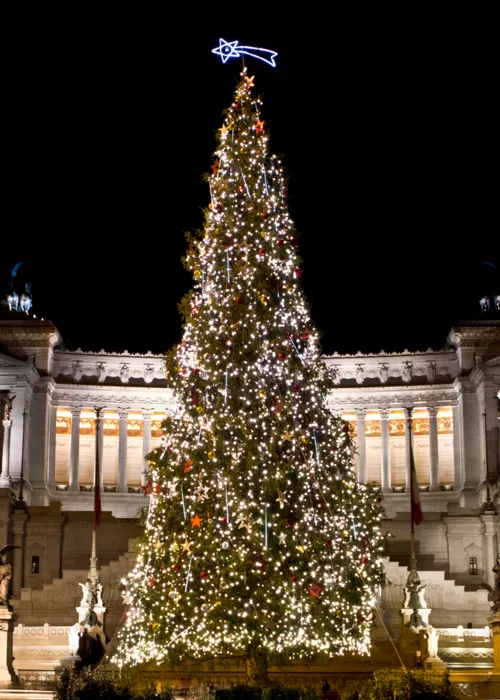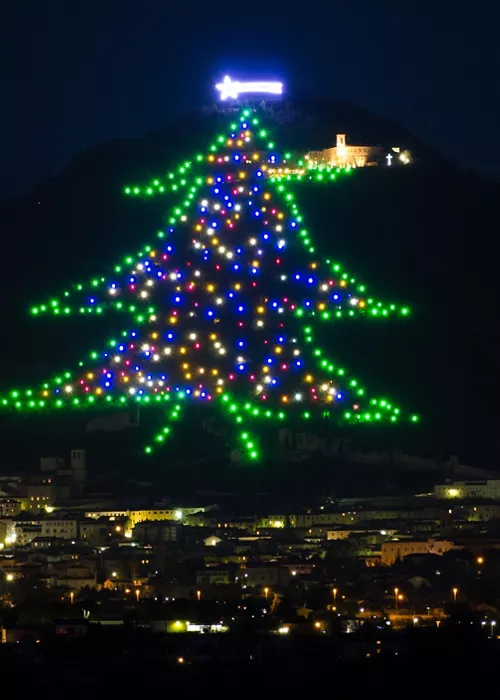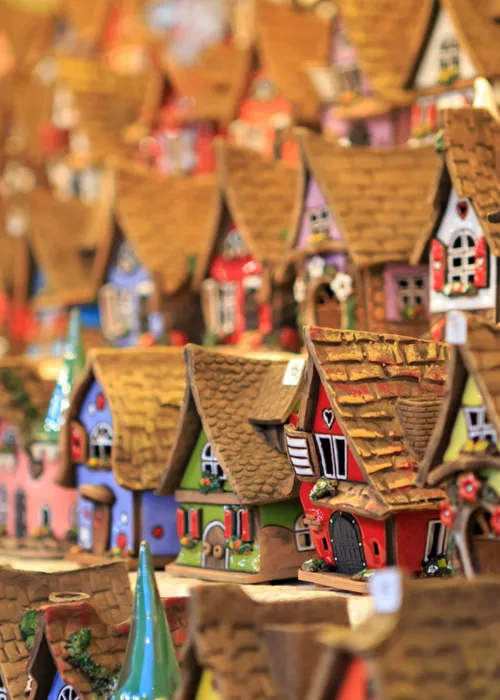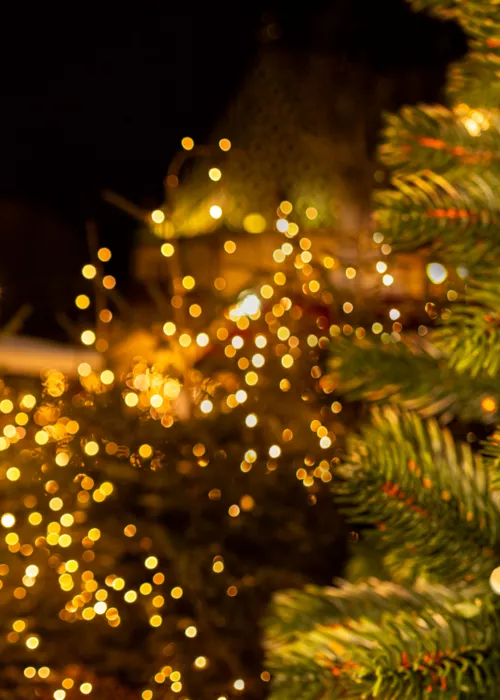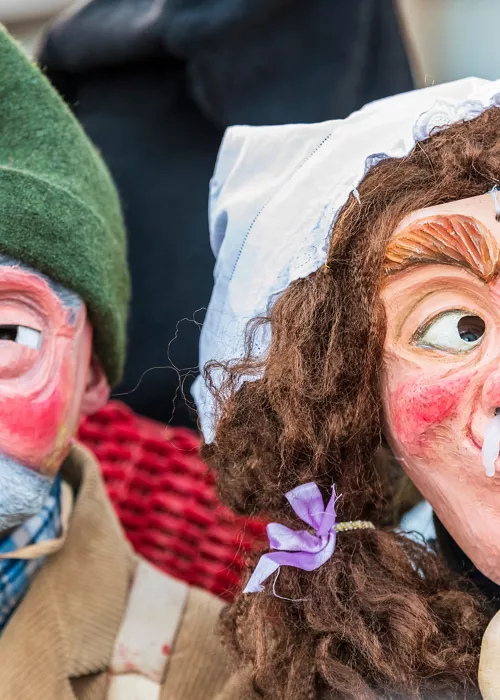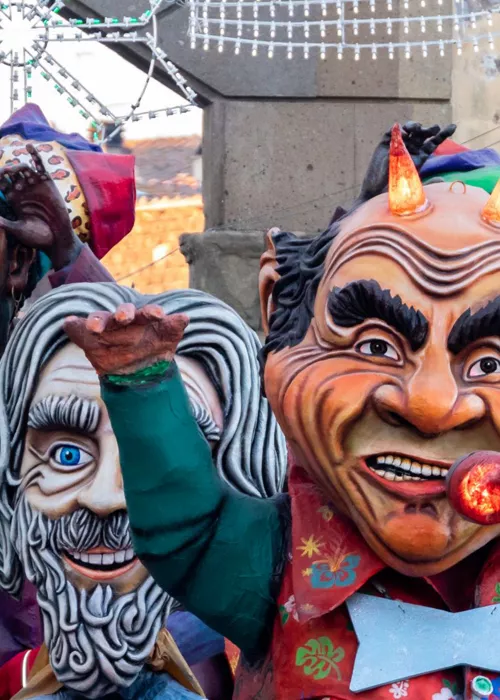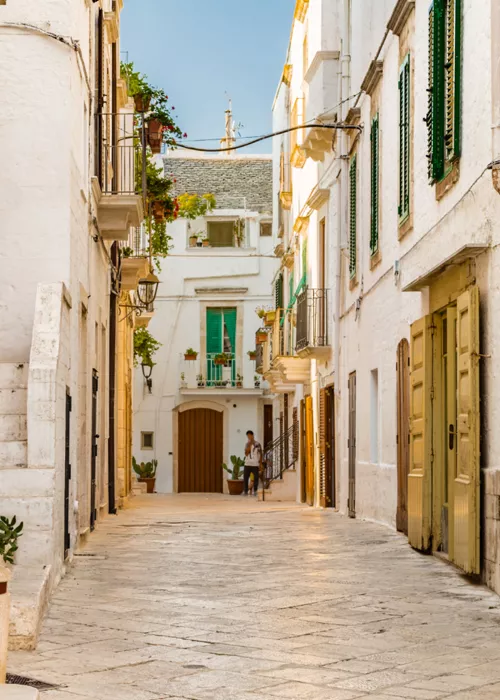The history of chocolate eggs and colomba cakes, the queens of Italian Easter
4 minutes
No self-respecting Italian Easter would be complete without chocolate eggs and Easter colomba cakes on the table, the symbols of rebirth and peace. But what is the origin of these delicacies?
It is not easy to express a preference between chocolate eggs or Easter colomba cake. What is sure is that both have now become symbols of Italian Easter, and are a pleasure to eat. So let's retrace the history of this food and wine tradition, the fruit of ancient craftsmanship and passion, through interesting facts and legends.
The origins and history of chocolate eggs
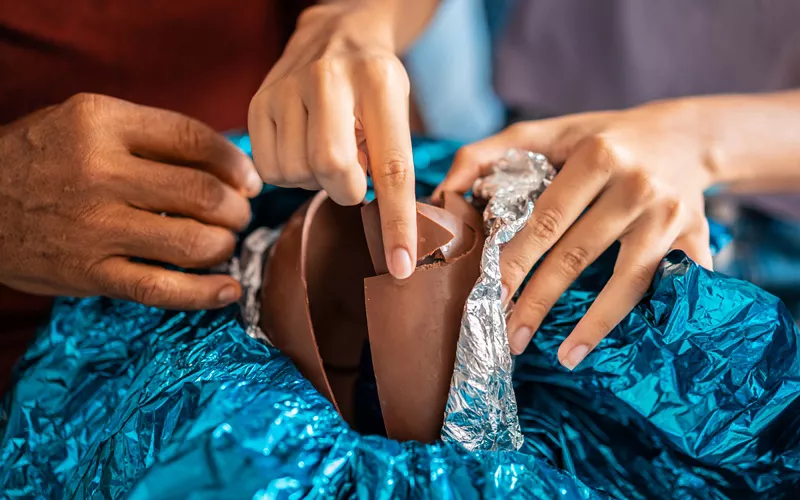
The idea of associating eggs with the symbol of life goes back as far as ancient times, to the Egyptians and Persians, who were accustomed to exchanging eggs at the beginning of spring as a sign of rebirth. This custom continued in ancient Greece and reached as far as China, always linked to the change of seasons.
In the Middle Ages, the Church forbade eating eggs during Holy Week, so those laid in the week before Easter were preserved and decorated, to be given to children on the Sunday of the festivities. In the 18th century, specifically at the court of the Sun King, the tradition of the chocolate egg was introduced, when Louis XIV commissioned the court confectioner to make eggs in cocoa cream to amaze his guests.
The invention of the surprise, however, had to wait until 1828. The credit for this goes to a Dutch confectioner, who created a mould with which to make large, thin shells, hollow on the inside, so that they could contain an object.
Interesting facts and legends about chocolate eggs
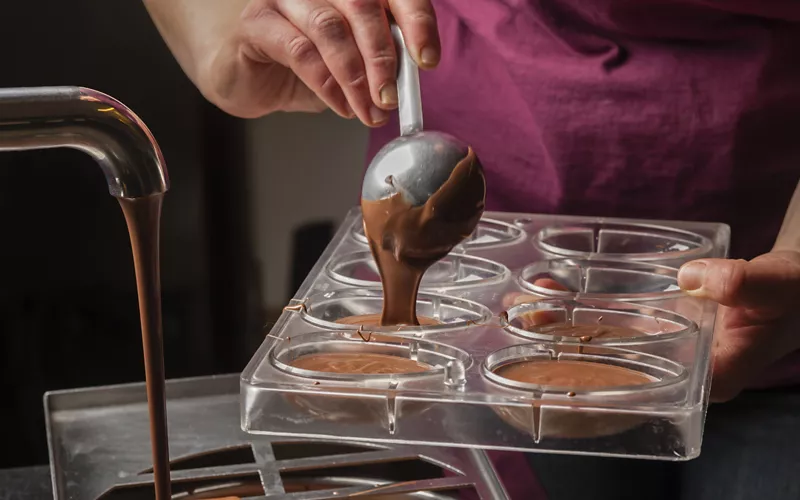
However, legend has it that in 1700 in Turin the custom of placing a gift inside chocolate eggs was already in place, and that the fashion for the surprise was, therefore, initiated in Italy.
A curious fact for a 'themed' sightseeing tour: the egg as a symbol of rebirth can be found in the funerary paintings of the Etruscan tombs of Tarquinia and Cerveteri, in Lazio, which have been designated a Unesco World Heritage Site. And at the Museo dell'Ovo Pinto in Civitella del Lago, Umbria, you can admire thousands of eggs - of all animal species - that have been painted or sculpted.
The origins and history of the Easter colomba, the spring ‘panettone'
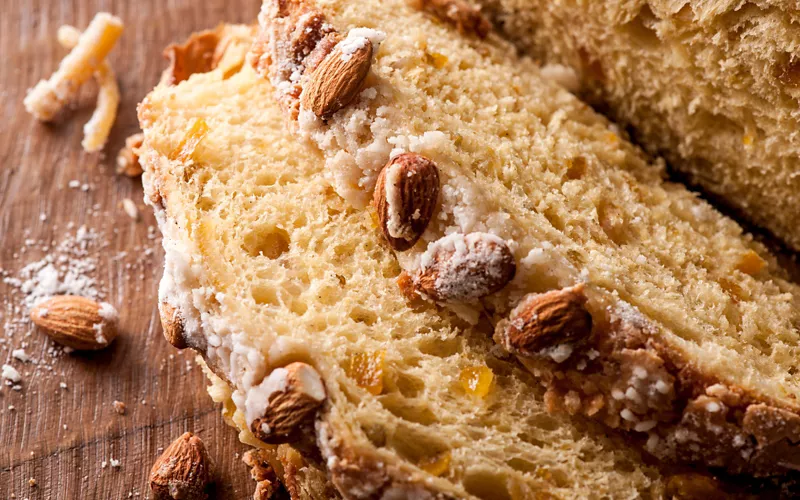
The history of the colomba cake dates back to the 1930s and is credited to Dino Villani, Motta's legendary advertising executive, creator of the logo and author of a formidable intuition, thanks to which he was able to keep production in the company's Milanese factories active beyond the Christmas period.
Indeed, using the same dough as panettone, he created a dove-shaped cake and it was an immediate success: the first to follow in the footsteps of the Motta company was Vergani, also from Milan, who popularised the Easter cake particularly after the First World War.
Traditionally, the main ingredients of the Easter colomba have always been the same: eggs, manitoba flour, butter, milk, sugar, lemon and orange peel, some fresh brewer's yeast and, to top it all off, almonds and a sprinkling of granulated sugar.
Interesting facts and legends about the Easter colomba cake
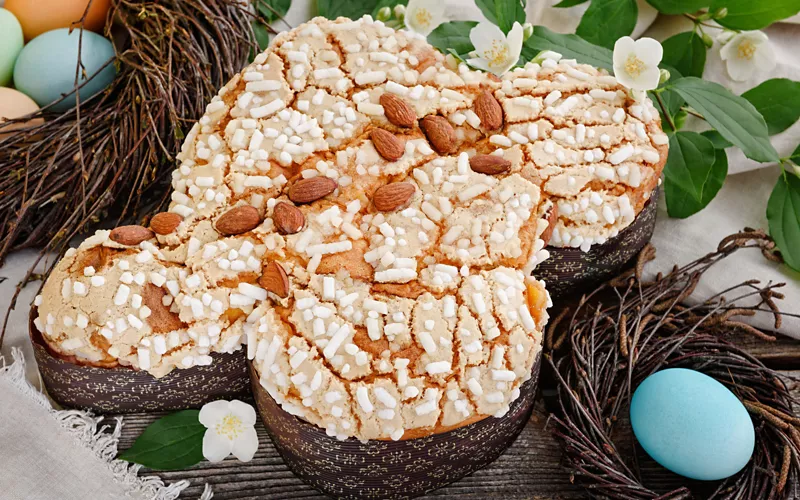
In folk tales, the Easter colomba cake has Longobard origins. Having conquered the city of Pavia in 572, King Alboin was showered with gifts from the townsfolk, who thus managed to ingratiate themselves with the sovereign by taking him 'by the throat' and giving him a taste of soft, dove-shaped bread cakes.
A legend that traces the origins of the Easter Colomba back to the Lombard kingdom claims that Saint Columbanus, who was invited to Queen Theodolinda's sumptuous banquet during the Lenten penitence period, blessed the abundant meat served as a dish by transforming it into white dove-shaped bread cakes.
The differences between chocolate eggs and Easter colomba cake
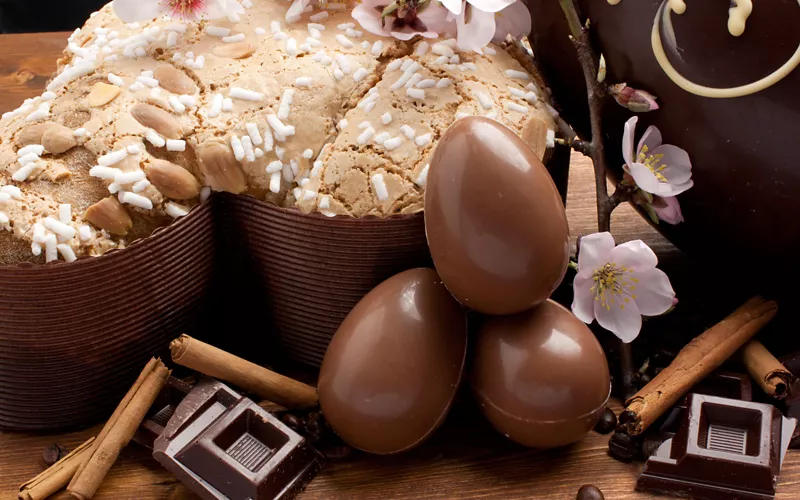
The two Queens of Easter, equally loved by Italians, have some dietary differences, beyond their appearance.
Both the egg and the dove have a strong religious connotation, but with different symbolism.
The egg, a sign of life and renewal, encloses in its shell a being ready to be born and therefore recalls the Resurrection of Jesus Christ for Christians. The dove, on the other hand, is the universal symbol of peace and salvation. The Bible recounts that when Noah released a dove from the ark three times, it returned with an olive branch in its beak, proof of humanity's reconciliation with God and the end of the flood. The redeeming connotation remains strong at Easter, in relation to the sacrifice made by Christ, who died on the cross to save mankind.
So, chocolate eggs or Easter Colomba cake? Which should you choose between these two typical sweets? Let your senses guide you and be surprised by the authentic, unmistakable and all-Italian taste of the Italian tradition in the company of your loved ones.


